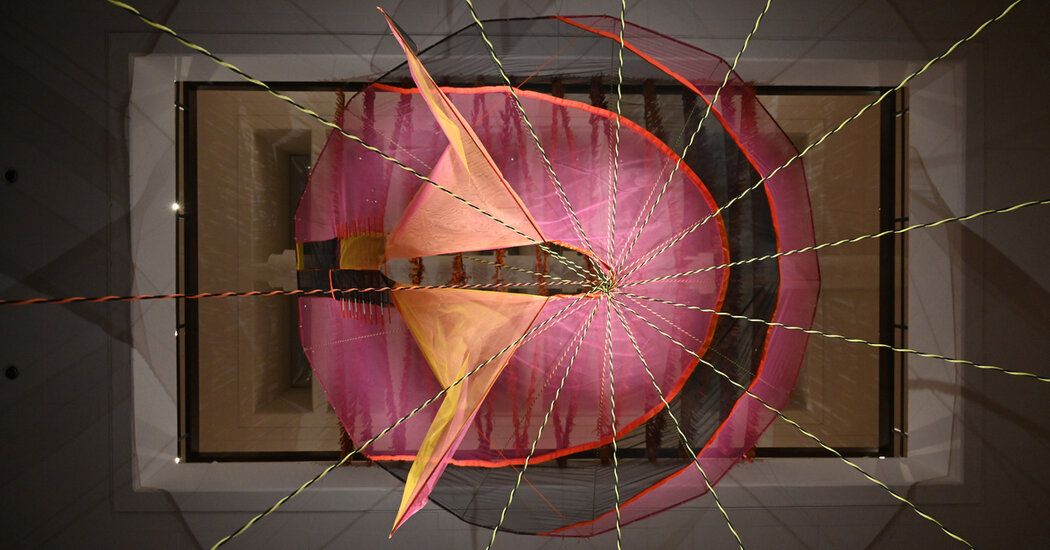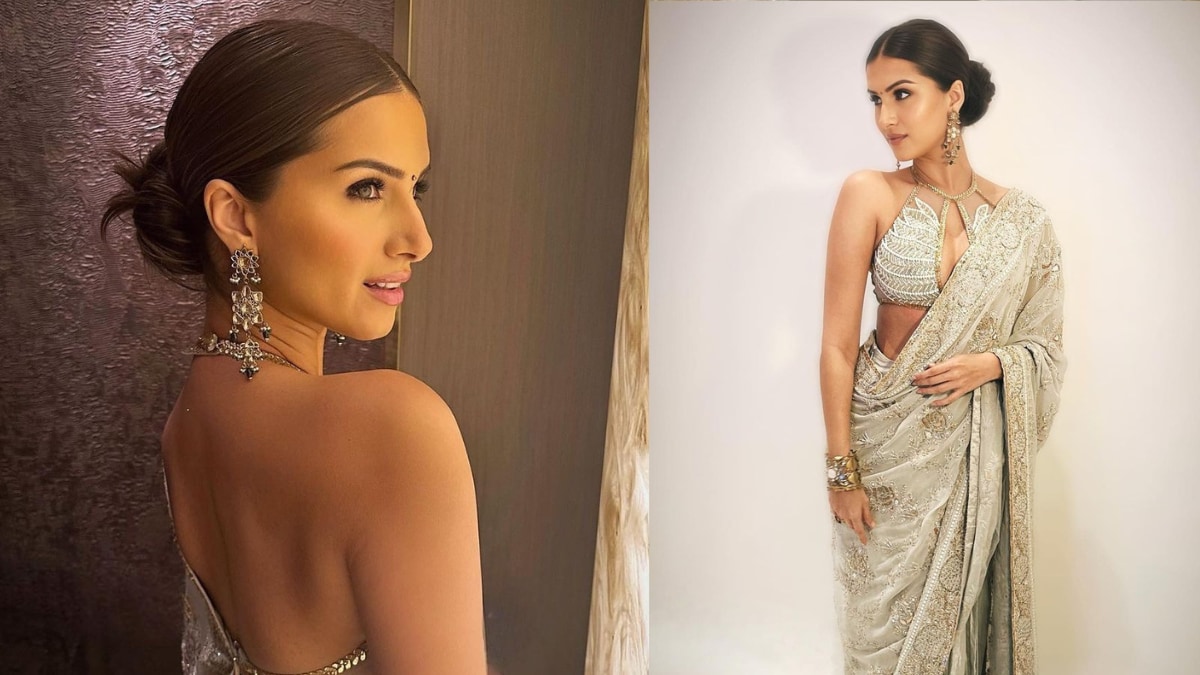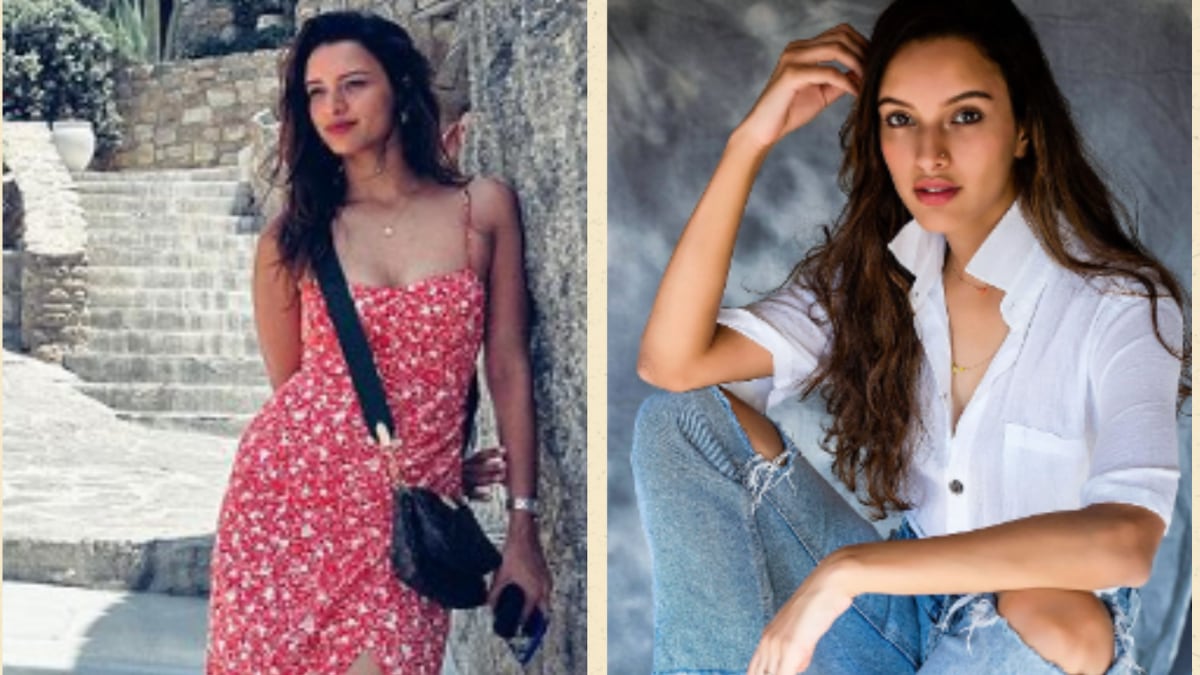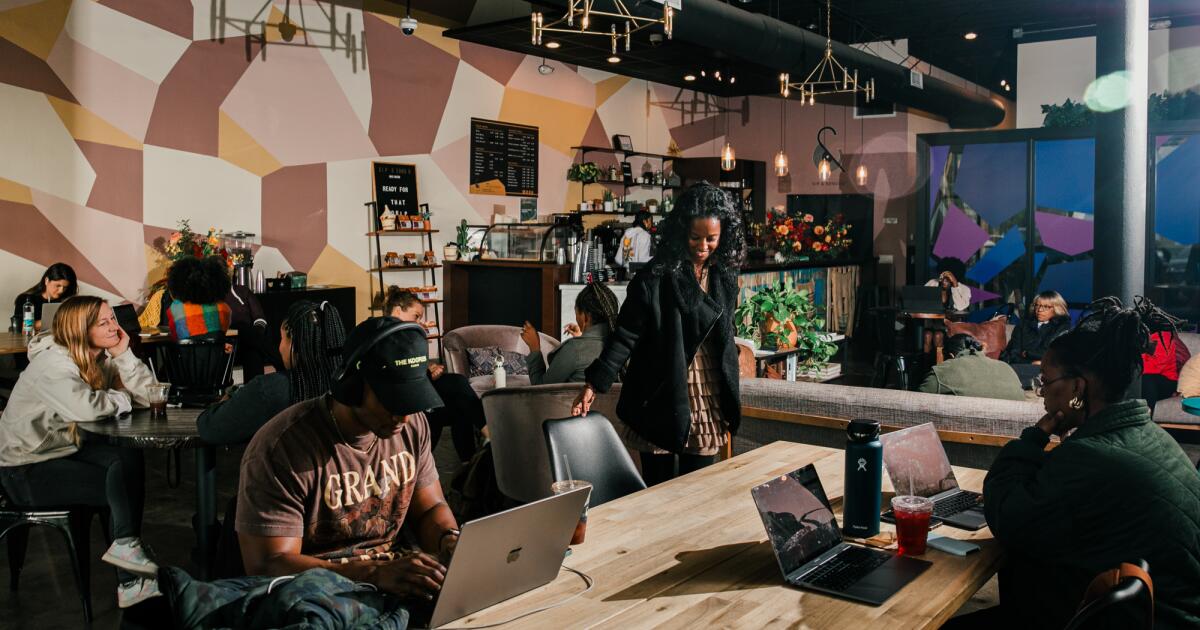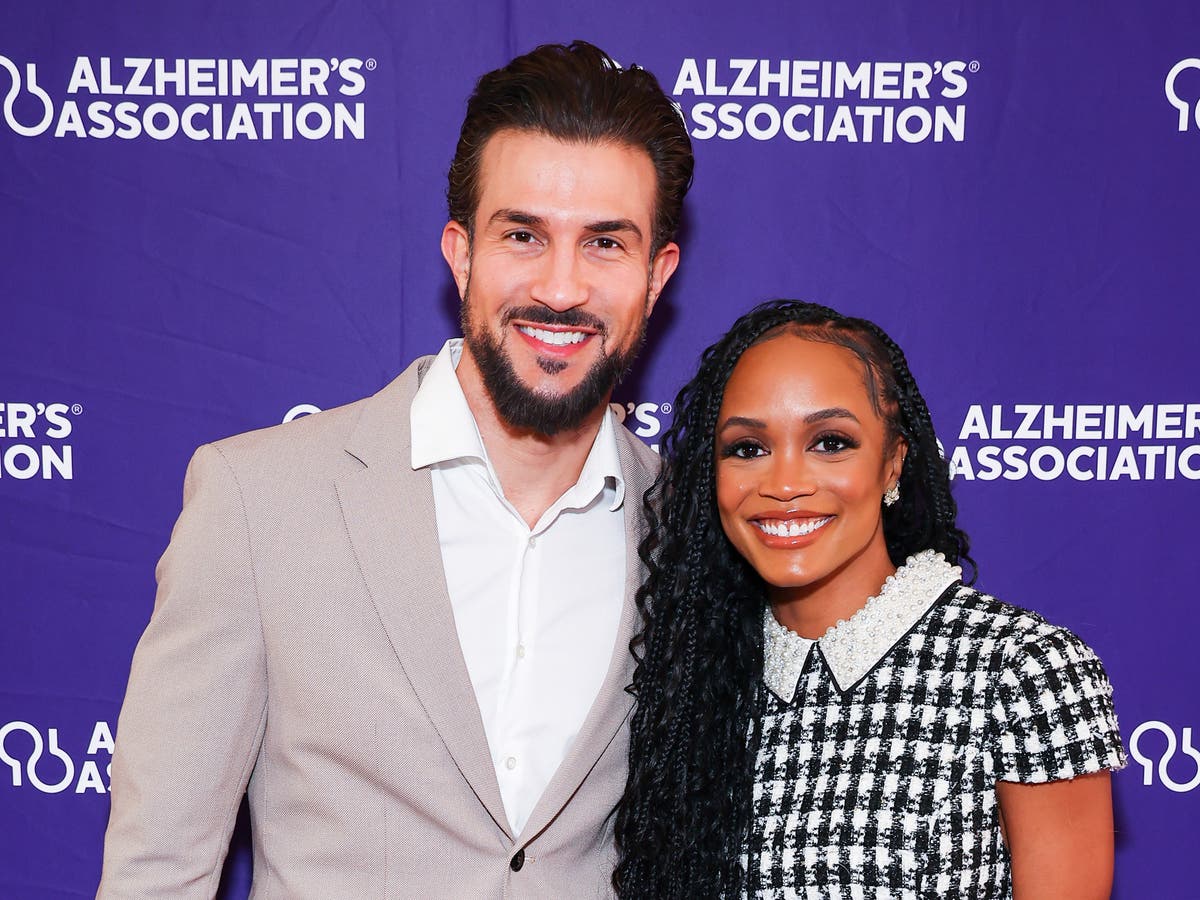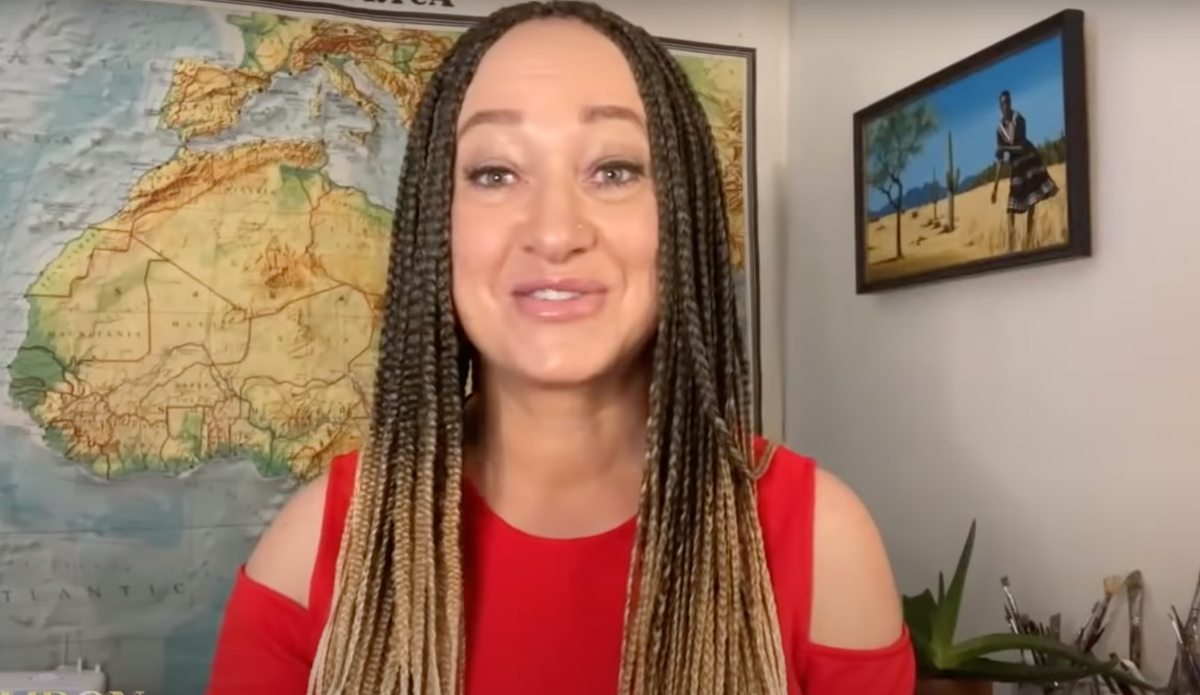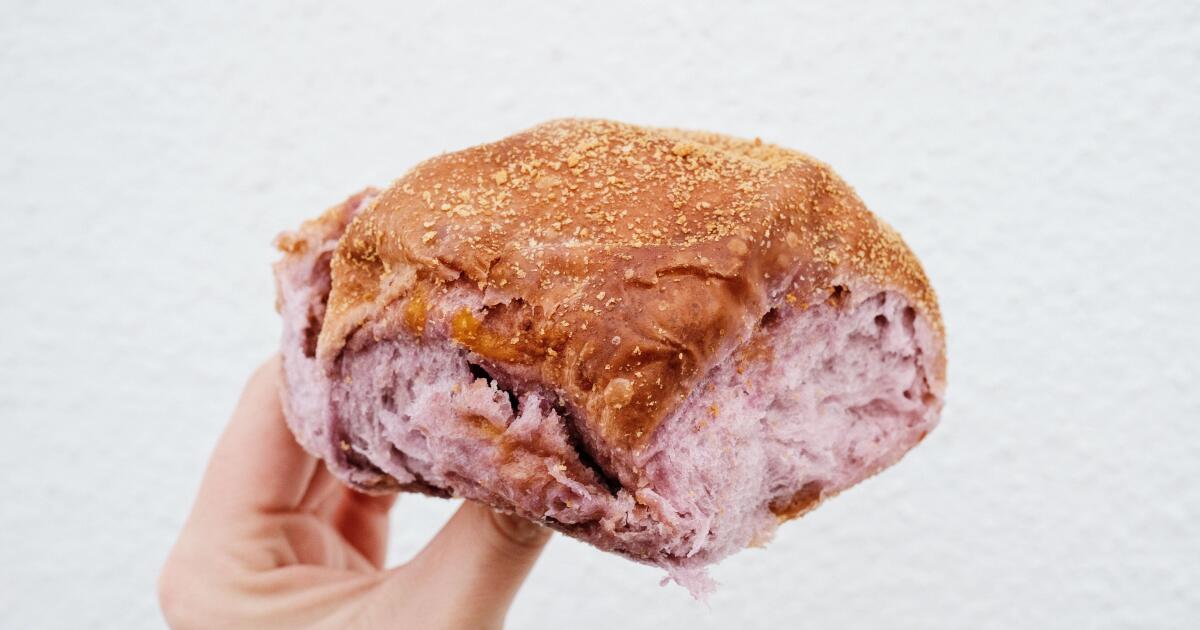The last time the Whitney Biennial was held, in 2022, its production had been extended for another year due to the Covid pandemic, and the curators had to plan the exhibition and meet with the artists in virtual visits via Zoom.
To prepare for the 2024 Biennial, the latest iteration of the landmark American contemporary art exhibition, opening March 20, this edition's organizers, Whitney Museum curators Chrissie Iles and Meg Onli, hit the road . They made some 200 studio visits across the country and far beyond. They visited dozens of exhibitions and art events, from the German mega-exhibition Documenta 15 to the Carnegie International in Pittsburgh.
So this cycle has been, in a sense, more normal. But the normal ends here. The drastic phase of the pandemic, with its restrictions, may have receded. But the landscape it leaves in its wake is one of aggravated crises and, for artists, like everyone else, a period of great uncertainty and anxiety in the face of the looming US elections.
As they moved, Iles and Onli said in a joint interview at the museum, they felt environmental pressure everywhere, whether smelling the smoke from wildfires wafting over Los Angeles freeways (a reflection of overuse of land and climate change) or hearing firsthand from women and LGBTQ artists about the effect of the reversal of Roe v. Wade and the spread of laws that undermine bodily autonomy.
“We understand that we are in a turbulent period, leading to another turbulent period,” Onli said. To hold an exhibition under these conditions, he said, “the exhibition had to have a political charge.”
On Thursday the museum revealed the names of the artists who will participate in the Biennale, titled “Even Better Than the Real Thing.” It's relatively compact, with 69 artists and two collectives spread across the gallery's exhibition, accompanying films and performance programs, and global map: 20 of the artists, many filmmakers, live or work outside the United States.
For Iles and Onli, the focus is less on the state of the American art than on America itself at a raw and vulnerable moment. They were drawn to artists who explored how people carried and processed society's wounds in their bodies and minds, and what creative regeneration it sparked.
As for the title, it's a kind of multifaceted retort to the culture wars over what is “real”: from the rise of artificial intelligence to efforts to enforce social and bodily conformity. “There's a strange kind of joy there,” Onli said of the offerings, a wry humor that insists, “Of course we're even better than the real ones!”
The group is diverse, as is the case with recent biennials. There are two deceased artists, the architecturally inspired Jamaican painter Mavis Pusey, who died in 2019 at age 90, and the filmmaker Edward Owens, who died in 2010. There are five older ones, born between 1941 and 1944: the pioneering feminist artists. Mary Kelly and Harmony Hammond; celebrated black abstract painters Mary Lovelace O'Neal and Suzanne Jackson; and trans sculptor and performer Pippa Garner. Otherwise, the sample is younger: 17 of the 42 artists in the main galleries were born in the 1980s, and nine of them in the 1990s.
Not surprisingly, New York City is well represented: 13 artists live here in the galleries and seven in the film and performance programs. Twelve artists in total are based in Los Angeles. Four, it turns out, live in New Mexico: Hammond, who moved there in the 1980s; indigenous artists Rose B. Simpson and Cannupa Hanska Luger; and the painter Maja Ruznic, born in Bosnia and influenced by mysticism and psychoanalysis.
The film and performance programs, organized by guest curators asinnajaq, Korakrit Arunanondchai, Zakary Drucker, Greg de Cuir, Jr. and Taja Cheek, include works by Southeast Asian filmmakers fighting for America's broad cultural and political reach, and from indigenous filmmakers of Sami, Inuit, Mongolian and Native American origins who aim at exchanges beyond colonial borders.
Few artists are celebrities or market stars. Perhaps most notable is director Isaac Julien, whose lush five-screen installation “Once Again… (Statues Never Die),” premiered at the Barnes Foundation in 2022. He examined issues surrounding African art objects in Western collections and will have her new York Debut at the Whitney.
In brief telephone interviews, several artists described the work they will present.
Los Angeles and London-based artist P. Staff has one of the most spectacular and moving works: “Afferent Nerves,” a large installation in which viewers will walk under electrified webs, out of reach but with a creaking sound. something audible.” . The area is bathed in yellow neon light. The intention, the artist said, is to create a sense of “choreographed danger” that increases the visitor's awareness of the art and perhaps his own sense of safety.
New York-based sculptor Jes Fan does disturbing work on another record: He took a CT scan of his body, then 3D printed various organs and carved and sanded the resulting shapes. The inspiration is a type of tree from Hong Kong, where Fan grew up, that is aggressively cut down or infected with fungi to produce precious incense.
The sculptures are part of a series, “Sites of Wounds,” in which Fan explores how organisms, as they accumulate trauma, “can generate something meaningful, some kind of regeneration that occurs in the formation of the scar,” which he relates to the human condition.
Philadelphia-based artist Karyn Olivier, known for her work responding to historical monuments and public art (most recently in Terminal A at Newark Airport), displays her “most intimate and quiet sculptures.” In one, “How Many Ways You Can Disappear,” she includes tangles of fishing nets, ropes and buoys; another is made from wood washed up on the coast and discarded fragments of clothing.
Olivier said he is processing the upheaval and loss of the pandemic period. “They are almost a metaphorical attempt at a solution,” said the artist born in Trinidad, and rich in allusions to migration, displacement and her Caribbean origins.
Some messages are more forceful. Luger, who was born in North Dakota on the Standing Rock Reservation and lives in New Mexico, is setting up a full-size, upside-down teepee. “It is a sign that the path we are going as a species is backwards,” he said.
In “The Last Safe Abortion,” Columbus, Ohio artist Carmen Winant, who describes herself as a “decayed photographer” working through collage and installation, offers insight into the lives of health care workers. abortion in the Midwest, drawn from thousands of snapshots, largely obtained from clinics. The opinions are from mundane work: meetings, desk work, answering phones. “This is not about abortion at a 30,000-foot ideological level,” Winant said. “It's about the human beings who make it work.”
The post-Roe climate has raised the stakes for Winant, whose projects have also celebrated birth care and domestic violence workers. Some clinics where she photographed have closed. “I've always felt ambivalent about what art can do in terms of political impact and effectiveness,” she said. “But as I worked on this project I felt more and more that it was my imperative.”
For the most veteran artists of the Biennale, if recognition comes late, it is certainly welcome. “This is not something I would have expected at my age,” said Jackson, who ran a prominent but short-lived space for black artists in Los Angeles in the late 1960s and now lives in Savannah, Georgia.
Included in the survey are his unframed hanging abstract acrylic paintings. “They are living structures that are pure painting,” she said, inviting viewers to a kind of dance.
Hammond, a figure on the New York feminist scene in the 1970s, appeared at the Whitney, but was long overlooked by the Biennial. “I kept working,” she said from her home in Galisteo, New Mexico.
Her recent output includes thickly layered paintings, sometimes incorporating straps, grommets, or duvet covers, with patches and indentations that evoke women's bodies, work, and wounds. In the colors that seep through the layers, Hammond said, he summons “voices that have been buried beneath the surfaces and are taking over.”
While organizing their exhibition, Onli and Iles brought some artists into the process as partners, breaking with the secrecy that often accompanies the preparations for Biennales.
One of them was JJJJJerome Ellis, an artist and performer from Norfolk, Virginia, whose work (and name) explores the condition of stuttering. In collaboration with four other people who stutter, Ellis led the development of a text sign in front of Gansevoort Street in Spanish, Mandarin and English in which disfluencies in stuttering (repetitions, prolonged sounds, blocks or pauses) are represented by symbols typographical.
Ellis will also produce a score for the Biennale, the form of which will be determined once the exhibition is installed.
Berlin artist and choreographer Ligia Lewis presents a dance-based film installation, “A Plot A Scandal,” in the galleries, whose subjects include philosopher John Locke, Cuban anti-slavery revolutionary José Antonio Aponte and Lewis' own maternal ancestors in the Dominican Republic. It was Lewis who came up with a metaphor that the curators found inspiring to describe her Biennale: a “dissonant chorus.”
As they install the survey, the curators said their goal is to create a show that breathes and flows while honoring that dissonance. “What does it mean to be in the middle of that choir as a spectator,” Iles said, “listening as well as seeing?”

